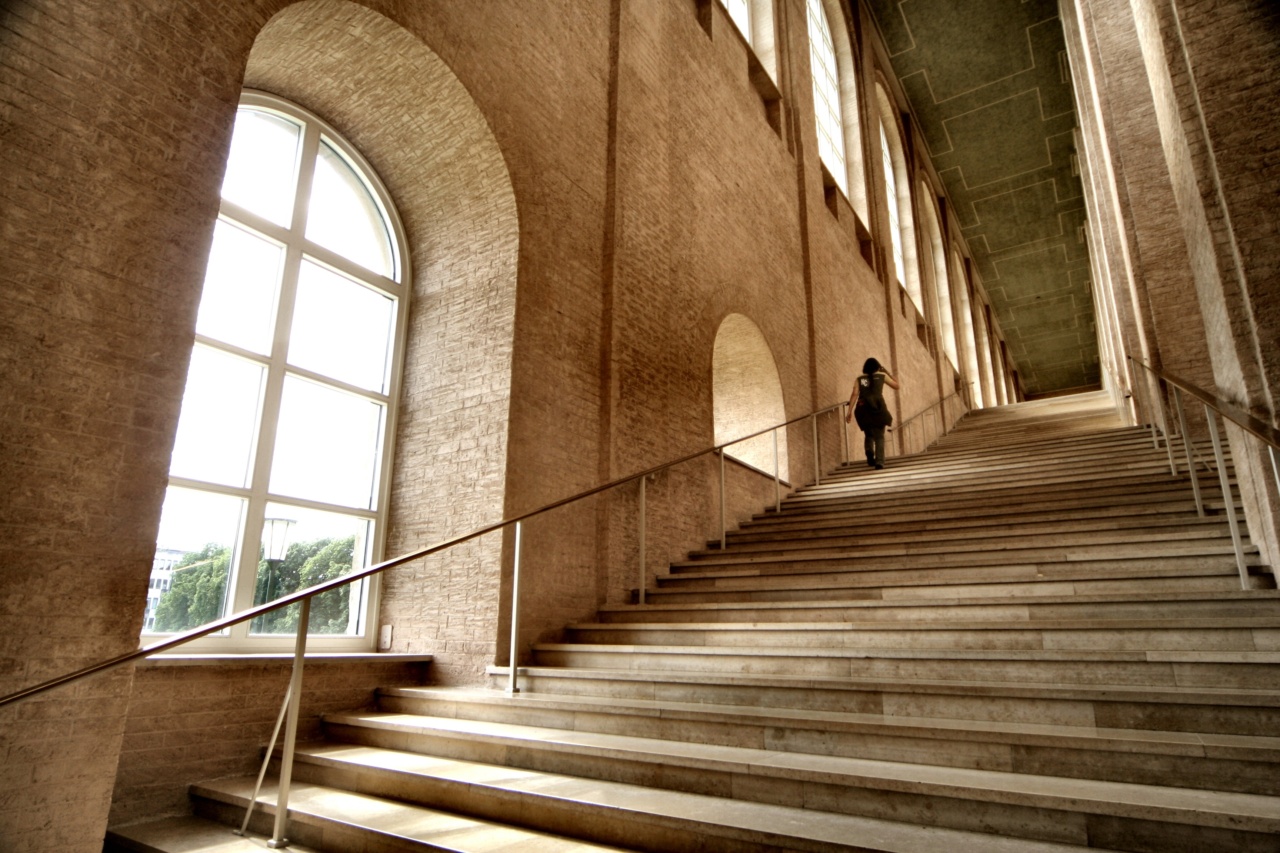Many individuals experience knee pain while climbing stairs. This discomfort can range from a mild ache to sharp, intense pain. While it may seem like a common issue, knee pain while climbing stairs should not be ignored.
It is your body’s way of signalling that something is not right. In this article, we will explore the various reasons why you may be experiencing knee pain while climbing stairs and what it could be trying to tell you.
1. Patellofemoral Pain Syndrome (PFPS)
One of the most common causes of knee pain while climbing stairs is patellofemoral pain syndrome (PFPS), also known as runner’s knee.
PFPS occurs when the patella, or kneecap, doesn’t track correctly over the femur, causing friction and pain. Factors such as overuse, muscular imbalances, weak quadriceps, or improper biomechanics can contribute to the development of PFPS.
2. Osteoarthritis
Osteoarthritis is a degenerative joint disease and a leading cause of knee pain while climbing stairs, especially in older individuals. This condition occurs when the protective cartilage on the ends of bones in the knee joint wears down over time.
Stair climbing places additional stress on the knee joint, exacerbating the pain associated with osteoarthritis.
3. Meniscus Tears
The meniscus is a piece of cartilage that acts as a cushion between the femur and tibia in the knee joint. Tears in the meniscus can occur due to traumatic injuries or degeneration over time.
Climbing stairs can worsen the pain associated with meniscus tears as it puts pressure on the damaged cartilage.
4. Bursitis
Bursitis is the inflammation of the bursae, small fluid-filled sacs that act as cushions between bones, tendons, and muscles.
The prepatellar bursa, located in front of the kneecap, can become inflamed due to overuse or repetitive movements such as climbing stairs. This can result in knee pain, especially with movement.
5. Tendonitis
Tendonitis occurs when the tendons connecting muscles to bones become inflamed. Patellar tendonitis, also known as jumper’s knee, specifically affects the tendon connecting the kneecap to the shinbone.
The repetitive motion of climbing stairs can aggravate this condition, leading to knee pain.
6. IT Band Syndrome
The iliotibial (IT) band is a thick band of tissue that runs along the outside of the thigh, from the hip to the knee. IT band syndrome occurs when this band becomes tight or inflamed, causing pain on the outer side of the knee.
Stair climbing can exacerbate IT band syndrome, leading to discomfort while ascending or descending stairs.
7. Patellar Tracking Disorder
Patellar tracking disorder refers to an issue with the alignment and movement of the patella. When the patella doesn’t track smoothly within its groove, it can cause pain and instability.
Climbing stairs forces the patella to slide up and down more frequently, potentially worsening the symptoms of patellar tracking disorder.
8. Muscle Imbalances and Weakness
Muscle imbalances and weakness, particularly in the quadriceps and hamstrings, can contribute to knee pain while climbing stairs.
If certain muscles are stronger or tighter than others, it can lead to improper knee alignment and increased stress on the joint during stair climbing activities.
9. Ligament Sprains or Tears
The ligaments in the knee, such as the anterior cruciate ligament (ACL) and medial collateral ligament (MCL), provide stability to the joint. Sprains or tears in these ligaments can occur during sports activities or accidents.
Climbing stairs can exacerbate the pain associated with these injuries due to the increased demand on the knee joint.
10. Overuse or Increased Activity
Lastly, overuse or sudden increases in physical activity levels, such as climbing stairs more frequently than usual, can lead to knee pain.
The repetitive nature of stair climbing can place strain on the knee joint, particularly when the muscles and supporting structures are not adequately conditioned.
Conclusion
Knee pain while climbing stairs can be a bothersome and sometimes debilitating issue. It is crucial to identify the underlying cause of this pain in order to effectively address it.
Whether it is due to patellofemoral pain syndrome, osteoarthritis, meniscus tears, bursitis, tendonitis, IT band syndrome, patellar tracking disorder, muscle imbalances, ligament sprains or tears, or overuse, seeking medical advice is essential. Proper diagnosis and treatment can help alleviate pain, improve function, and prevent further complications.































